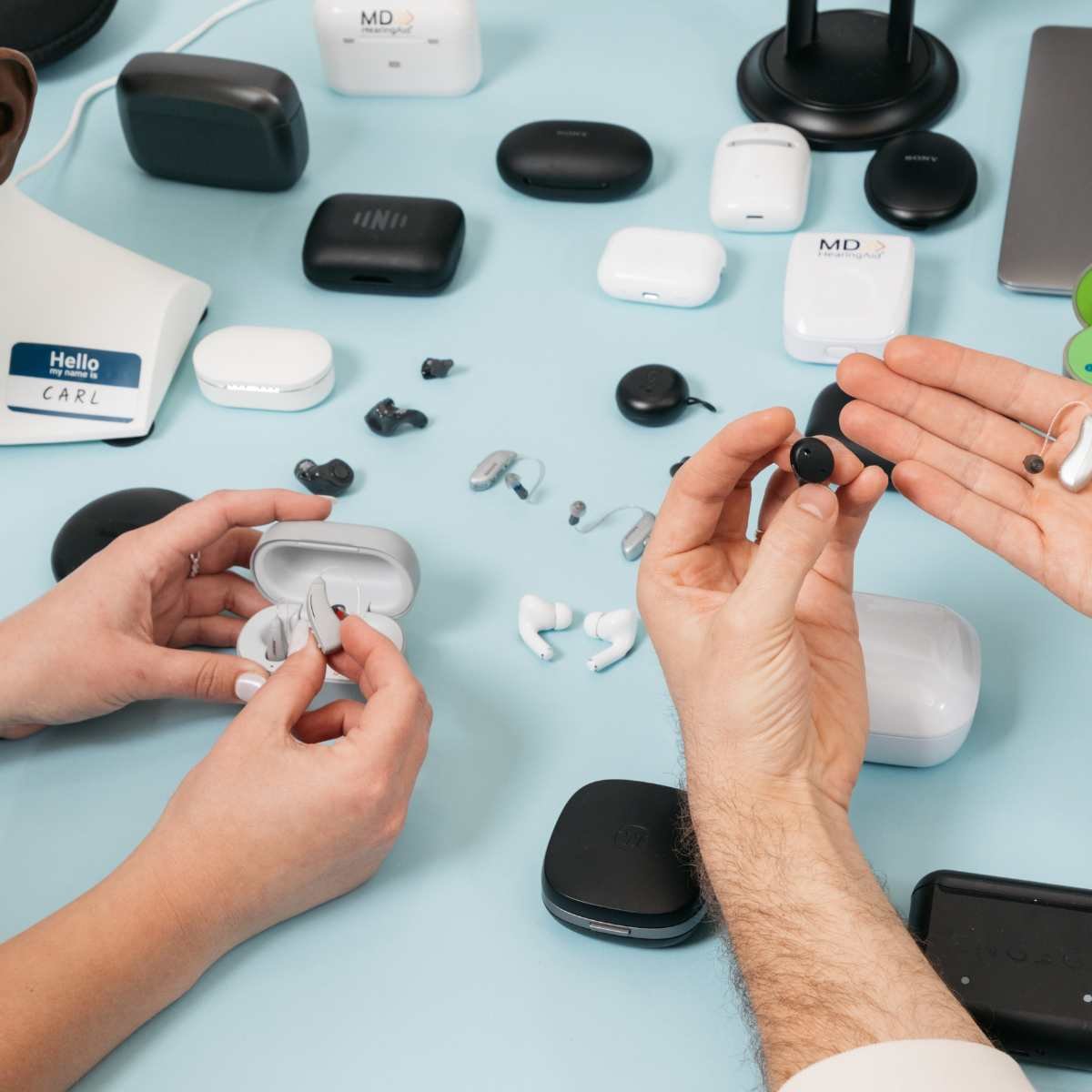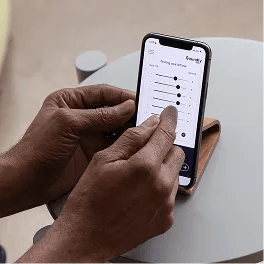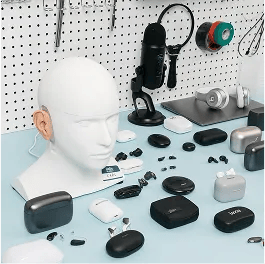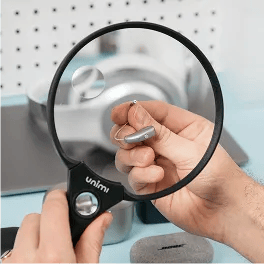After 40 years of prescription-only options, the hearing aid market entered a new era last October when the FDA finalized its long-awaited OTC guidelines.
The move earned headlines across every major news publication and even got mentioned in the State-Of-The-Union address.
Seven months after over the counter hearing aids hit the mainstream press, nuance is now setting in. One thing is clear; not all OTC hearing aids are created equal.
We wanted to take a closer look at how the OTC market is evolving, and to do that; we teamed up with Eargo Audiologist Jennifer Gilligan, Au.D.
Three Emerging Approaches to Over-The-Counter Hearing Aids
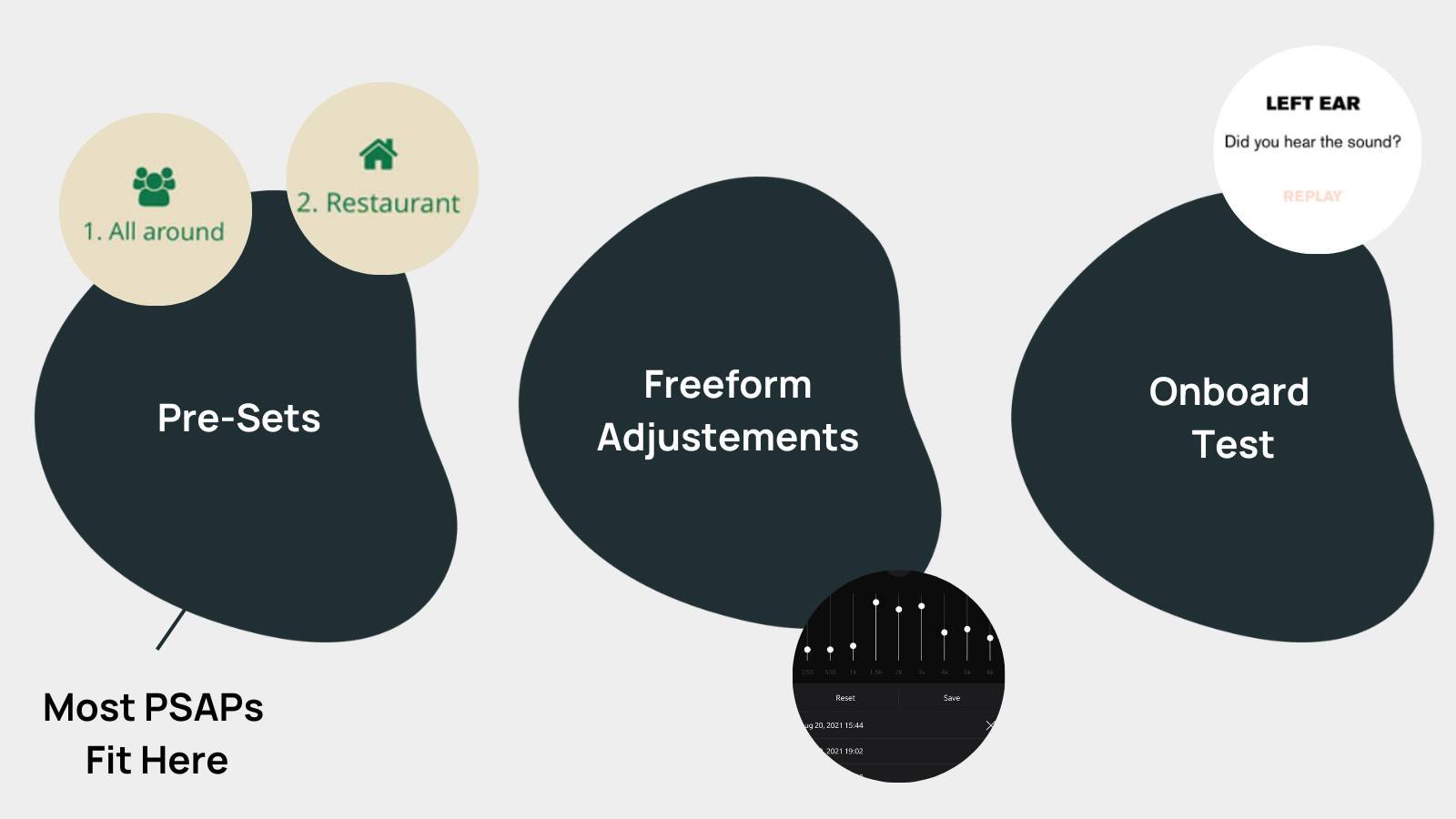
The term OTC describes where you purchase the hearing aids, but what's more important to consumers is how those devices are customized to match their hearing loss.
Background: Hearing loss, like eyesight, is different for every person, and quality hearing solutions adjust to that specific hearing loss in their wearers. Historically those adjustments have been made by a hearing professional, but in the new OTC world, the adjustments are made by consumers at home.
Customization is where the OTC conversation gets interesting.
Approach #1 - Presets
One group of hearing aids offers 4-5 preset programs for wearers. In some cases, those programs are situation based, like "restaurant, music, or TV." In other cases, the programs are targeted to your type of hearing loss, like "high frequency," "all frequency," or "low frequency."
The big issue with presets is that there's no telling how close they get to the slope of your hearing loss. You can take our test to see your hearing chart. The upside to this approach is that hearing aids with presets are technologically simple and come at lower prices.
It’s worth noting that many non-OTC registered, low-quality PSAPS also use presets in their technology.
Approach #2 - Freeform Control
The second group of hearing aids lets you control amplification frequency using dials, sliders, or charts. You can slide the equalizer in the apps for these products until you like the sound profile.
This strategy is much more effective than presets because it gives you nearly infinite options to play with. The downside is that you'll have to determine which frequencies you prefer.
Approach #3 - Onboard Hearing Test
The final group of premium OTC hearing aids takes a different approach. Devices like Eargo 7 come with an onboard hearing test that plays a series of tones through your hearing aids. You tell the app if you've heard the sound or note - essentially recreating a booth test.
At the end of the test, Eargo runs your results through a fitting algorithm that automatically sets your program to match your personalized hearing loss. Most of the brands that use onboard hearing tests also give you controls inside their app to make more minor adjustments.
.jpeg)
Which OTC Self-Fitting Strategy Is Best?
The OTC market is still finding its footing but customers who take the leap are achieving impressive results.
Eargo recently did a study with the University of Minnesota that compared their Sound Match fittings to hearing aids fit in a clinic. The results?
Users who self-fit their hearing aids with Eargo’s Sound Match program achieved the same outcomes as those who were fitted by licensed hearing professionals based on measures of appropriate gain, speech understanding, hearing aid benefit, speech in noise, and sound quality ratings.
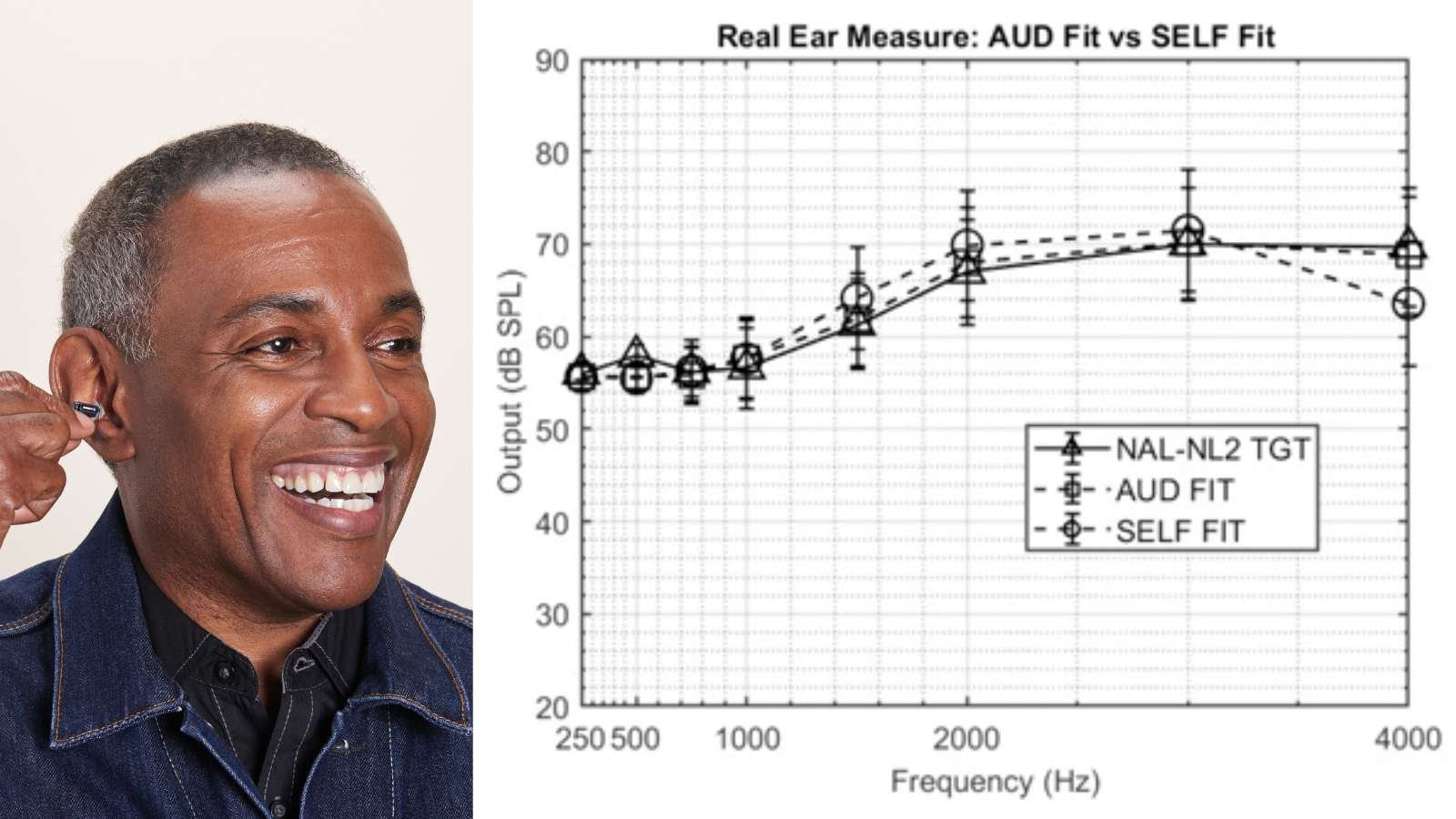
Each strategy has merit, from the cost-saving "preset" approach to the premium onboard test. Ultimately a built-in hearing test with some available controls is the best option for most hearing aid wearers.
Regardless of where you fall on the OTC spectrum, it’s clear that the right blend of technology and flexibility will give consumers compelling choices in the future.

